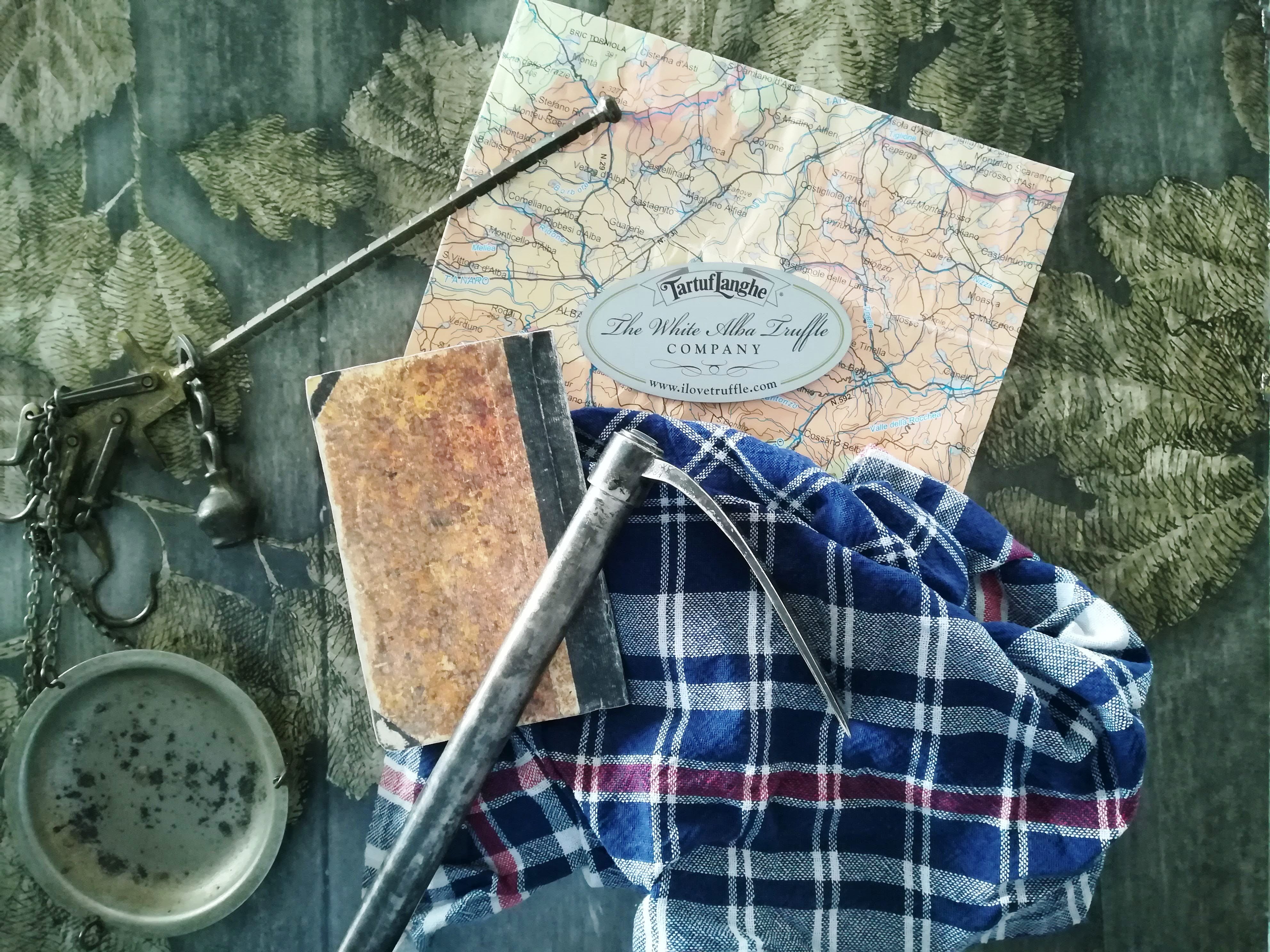
A little history about the Truffle
The truffle is a fruit of the earth known since ancient times.
The first written records date back to 1600-1700 BC , at the time of the Sumerians and the patriarch Jacob.
The ancient Sumerians used truffles by mixing them with other vegetables such as barley, chickpeas, lentils and mustard, while the ancient Athenians are said to have adored them so much that they awarded citizenship to the sons of Cherippus for having invented a new recipe.
Plutarch ventured the rather original claim that the "tuber" was born from the combined action of water, heat, and lightning. Similar theories, shared or contested by Pliny, Martial, Juvenal, and Galen, only resulted in lengthy debates.

Most likely, their "tuber terrae" was not the fragrant truffle we know today, but rather the "terfezia Leanis" (Terfezia Arenaria) or similar species. They were more abundant then than today in North Africa and Western Asia, reaching a weight of three to four kilograms; it is understandable that they were highly prized (to the point of being called “the food of the gods” ), since at that time tubers of American origin, such as potatoes and Jerusalem artichokes, were completely unknown.
The Tuber magnatum Pico never became part of the refined Roman recipes, even though Rome also had a citizen of Alba as emperor, Publius Helvius Pertinax . The truffles that delighted the palates of Roman patricians were inferior only in quality, because, as far as price was concerned, it was extremely high. The writer Apicius, in his "De Re Coquinaria," included six truffle recipes in book VII, the one dealing with the most expensive dishes.
Meanwhile, studies on truffles multiplied. Pliny the Elder called it "the callus of the earth," while Juvenal was so infatuated with it that he declared that "it would be better to have no grain than to have truffles."
Throughout the Middle Ages, truffles eschewed the frugal tables of man and remained the food of wolves, foxes, badgers, pigs, wild boars, and mice. The Renaissance revived the taste for fine dining, and truffles set out to conquer the top spot among the most refined dishes. The prized black truffle appeared on the tables of French nobles between the 14th and 15th centuries, while in Italy at the same time, the white truffle was gaining popularity.
In the 18th century, the Piedmontese truffle was considered by all the European Courts a delicacy.
 Truffle hunting was a palace entertainment , which guests and foreign ambassadors visiting Turin were invited to attend.
Truffle hunting was a palace entertainment , which guests and foreign ambassadors visiting Turin were invited to attend.
This is perhaps where the custom of using an elegant animal such as a dog for the search originates, instead of the pig, which was used especially in France.
Between the late 17th and early 18th centuries, the Italian monarchs Victor Amadeus II and Charles Emmanuel III delighted in organizing veritable truffle hunting expeditions. An interesting episode concerns a truffle expedition in 1751, organized by Charles Emmanuel III for the Royal Household of England. During the day, several truffles were found, but they were much less valuable than those from Piedmont.
Count Camillo Benso di Cavour, during his political activity, used the truffle as a diplomatic tool, the composer Gioacchino Rossini defined it “The Mozart of mushrooms” , while Lord Byron kept it on his desk so that the scent would help awaken his creativity and Alexandre Dumas defined it as the Sancta Santorum of the table.

In 1780 the first book about the White Truffle of Alba was published in Milan, baptized with the name of Tuber magnatum Pico (Magnatum – meaning “magnates”, for wealthy people, while Pico refers to the Piedmontese Vittorio Pico, the first scholar who studied its classification).
A naturalist from the botanical garden of Pavia, Doctor Carlo Vittadini, published in Milan in 1831 there “Monographia Tuberacearum” , the first work that laid the foundations of hydnology , the science that deals with the study of truffles, describing 51 different species.
The study of underground fungi was later further developed by Italian researchers, and the best research centers are currently located in Italy, and in particular in Piedmont.
To purchase our truffles, click here
